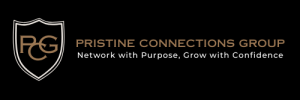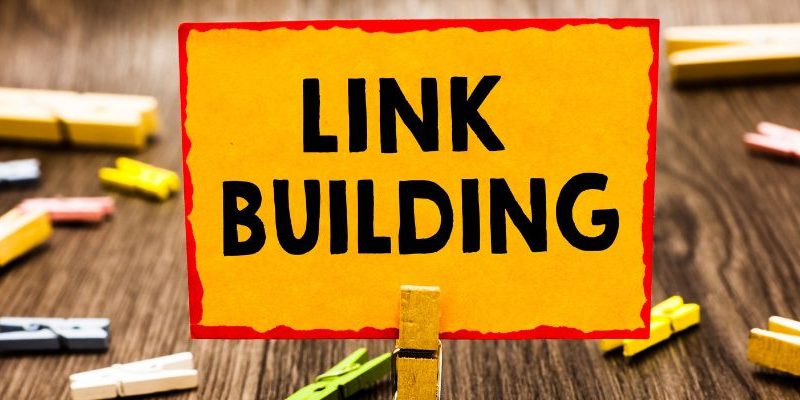In 2024, link building remains a crucial strategy for enhancing your website’s SEO and driving organic traffic. However, the landscape is ever-evolving, and understanding the dos and don’ts is essential to stay ahead. This guide from Pristine Connections Group will navigate you through the latest best practices and pitfalls to avoid.
The Dos of Link Building

Adhering to best practices in link building can significantly improve your website’s authority and search engine rankings.
Do Focus on Quality Over Quantity
Prioritize acquiring high-quality backlinks from authoritative and relevant websites. These links carry more weight with search engines and are more likely to positively impact your ranking.
- Guest Posting on Reputable Sites: Write valuable content for reputable sites in your niche. This not only earns you high-quality backlinks but also enhances your reputation.
- Building Relationships: Networking with influencers and bloggers in your industry can lead to natural backlinks. Engaging genuinely with their content can open doors for collaborations.
- Content Marketing: Create exceptional content that naturally attracts backlinks. Infographics, detailed guides, and original research are particularly effective.
Do Utilize Diverse Backlinks Types
Incorporate a variety of backlinks types to create a natural and robust link profile.
- Editorial Links: These are earned when other websites link to your content naturally, without you having to ask. They are highly valued by search engines.
- Guest Blog Links: Earned through guest blogging on other sites. Ensure the host site is relevant to your industry for maximum benefit.
- Resource Links: These come from resource pages that link to valuable content or tools. Identify pages in your niche and reach out to suggest your content.
Do Monitor and Analyze Your Backlinks
Regularly monitor your backlink profile to ensure the links remain relevant and high-quality.
- Use Tools: Utilize SEO tools like Ahrefs or SEMrush to track your backlinks. These tools provide insights into the quality and relevance of your links.
- Disavow Toxic Links: If you find spammy or irrelevant links pointing to your site, use Google’s Disavow Tool to prevent them from harming your SEO.
- Analyze Competitors: Study your competitors’ backlink profiles to identify potential link-building opportunities and strategies.
The Don’ts of Link Building
Avoiding common mistakes in link building can prevent penalties and maintain your website’s integrity.
Don’t Engage in Link Schemes
Link schemes can lead to severe penalties from search engines.
- Buying Links: Purchasing links violates Google’s guidelines and can result in penalties. Focus on earning links naturally through high-quality content.
- Reciprocal Linking: Excessive reciprocal linking (link exchanges) can appear manipulative. Keep reciprocal links to a minimum.
- Link Farms: Avoid links from link farms or private blog networks (PBNs). These sites exist solely to build links and offer no real value.
Don’t Ignore Relevance
Ensure that the backlinks you acquire are relevant to your content and industry.
- Irrelevant Links: Links from unrelated sites can confuse search engines and reduce your content’s credibility.
- Over-optimized Anchor Text: Avoid using the same keyword-rich anchor text repeatedly. Diversify your anchor texts to include branded terms and natural phrases.
- Low-Quality Directories: Links from low-quality directories or bookmarking sites offer little to no value and can be detrimental.
Don’t Forget to Update Your Strategy
Link building strategies that worked in the past may not be effective now.
- Stay Informed: Keep up with SEO updates and changes in search engine algorithms. Subscribe to industry blogs and participate in forums.
- Experiment: Regularly test new strategies and techniques. What works for one website may not work for another.
- Review Performance: Regularly review the performance of your link-building efforts. Use metrics such as referral traffic, domain authority, and rankings to gauge success.
Final Wording
Effective link building in 2024 is about quality, relevance, and ongoing adaptation. By focusing on high-quality backlinks types, avoiding manipulative practices, and continually refining your strategy, you can enhance your website’s SEO and drive sustained organic growth. For expert assistance and innovative strategies, consider Pristine Connections Group’s services like “click wise design” to elevate your link-building game. Stay informed, stay relevant, and your efforts will pay off in the long run.
FAQ’s
The most effective types of backlinks include editorial links from reputable websites, guest blog links from industry-relevant sites, and resource links from high-quality resource pages. These backlinks types are highly valued by search engines and can significantly boost your site’s authority.
To avoid penalties, refrain from engaging in link schemes such as buying links, participating in excessive reciprocal linking, and obtaining links from link farms or private blog networks (PBNs). Focus on acquiring natural, high-quality backlinks through content marketing and relationship building.
Relevance is crucial because search engines prioritize backlinks from sites that are relevant to your industry and content. Irrelevant links can confuse search engines and reduce your content’s credibility, potentially harming your SEO efforts.
Regular monitoring of your backlink profile is essential. Use SEO tools like Ahrefs or SEMrush to track your backlinks continuously. Monthly reviews can help you identify and disavow toxic links, ensuring your link profile remains healthy and beneficial.
Anchor text plays a significant role in link building by signaling to search engines what the linked content is about. However, avoid over-optimizing anchor text with the same keyword-rich phrases. Use a diverse range of anchor texts, including branded terms and natural phrases, to maintain a natural link profile.





